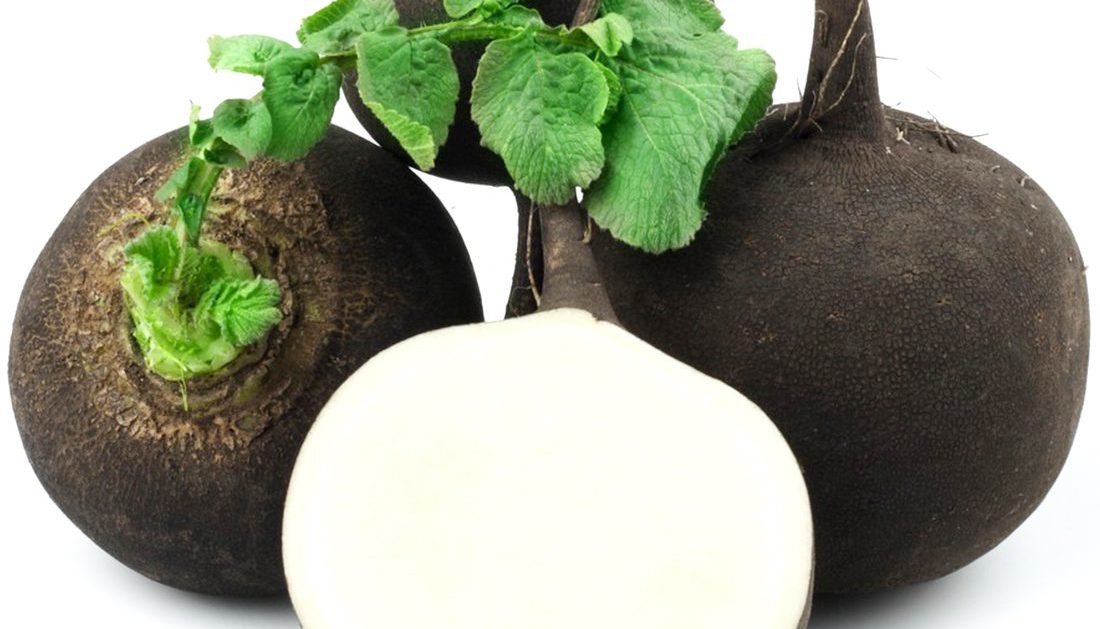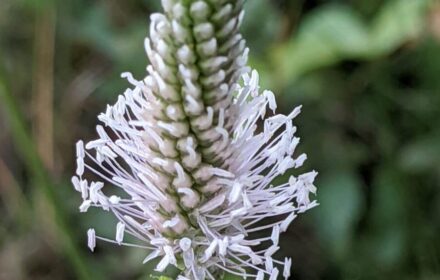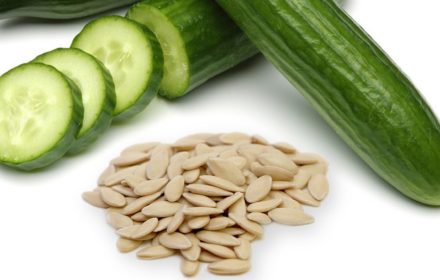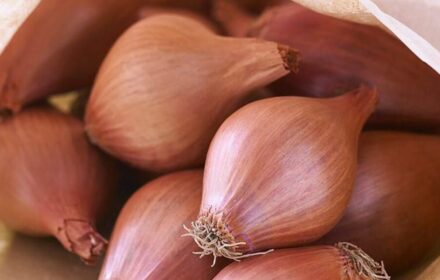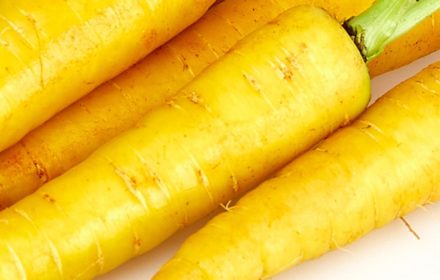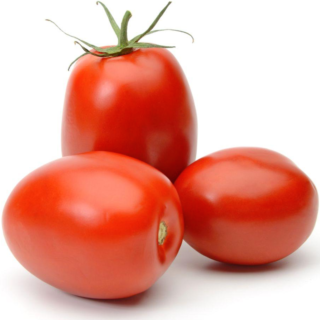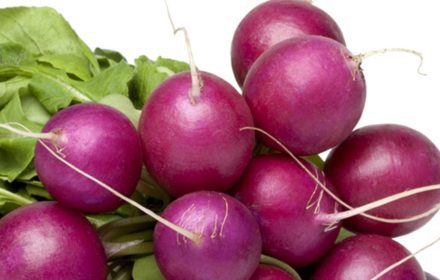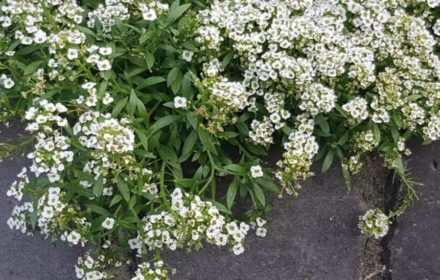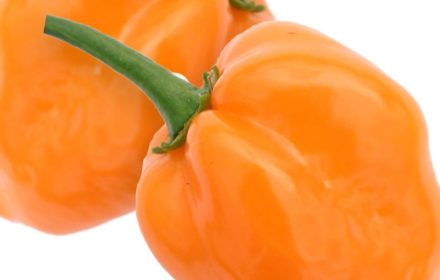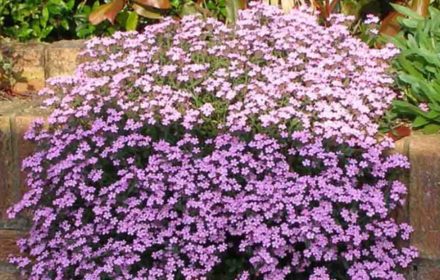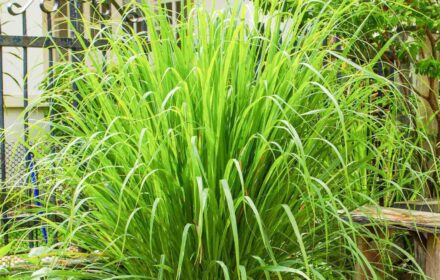How to Grow Spanish Black Radishes from Seeds
Spanish Black Radish (Raphanus sativus niger) is a unique, globe-shaped vegetable with striking black skin and crisp, mildly sweet white flesh. These radishes add a distinctive flavour and colour to salads, soups, and stews, making them a versatile ingredient in the kitchen. Known for their long storage life, black radishes can be kept for several months if stored in cool, dry conditions. For a continuous supply, sow seeds every few weeks. This hardy root vegetable is part of the Brassicaceae family and grows well in UK gardens. Follow this guide to successfully sow and grow Spanish Black Radish seeds.
When and Where to Sow Spanish Black Radish Seeds
- Outdoor Sowing: Sow seeds directly outdoors from early spring to early winter (March to November). Spanish Black Radishes are tolerant of cooler temperatures, making them suitable for both spring and autumn sowing. They thrive in well-drained, fertile soil in a sunny location.
- Indoor Sowing: For a more controlled start, seeds can be sown indoors in seed trays or small pots. Start sowing indoors from late winter to early spring (February to April), and transplant the seedlings outdoors once they are large enough to handle.
Ideal Growing Conditions for Spanish Black Radish Plants
- Soil Requirements: Spanish Black Radishes prefer well-drained, loose soil that has been enriched with organic matter such as compost or well-rotted manure. Avoid freshly manured soil, as this can cause the roots to split. A pH range of 6.0-7.0 is ideal.
- Sunlight: Choose a sunny location where the plants will receive at least 6 hours of direct sunlight each day. Radishes will grow in partial shade but perform best in full sun.
- Temperature: Radishes prefer cooler temperatures, with an optimal growing range between 10-20°C (50-68°F). This makes them an excellent choice for early spring or late autumn sowing.
How to Sow Spanish Black Radish Seeds Outdoors
- Preparing the Soil: Before sowing, prepare the soil by removing weeds and raking it to a fine tilth. Radishes need loose, well-drained soil to develop their roots properly. If your soil is heavy or clay-like, consider adding sand or grit to improve drainage.
- Sowing Depth and Spacing: Sow the seeds at a depth of about 1.5 cm (1/2 inch). Space the seeds 10-12 cm (4-5 inches) apart to give each radish enough room to grow. If sowing in rows, space the rows 30 cm (12 inches) apart for easy access and better airflow.
- Watering: Water the soil gently after sowing to help settle the seeds. Keep the soil consistently moist but not waterlogged throughout the germination period. Dry soil can hinder germination, so water regularly, especially in warmer weather.
- Germination Time: Under optimal conditions, germination should occur within 7-10 days. Be sure to monitor the soil moisture during this time, as radish seeds will not germinate well in dry conditions.
How to Sow Spanish Black Radish Seeds Indoors
- Sowing in Pots or Trays: Fill seed trays or small pots with a light, fine-grade seed compost. Sow the seeds 1.5 cm (1/2 inch) deep, and lightly cover them with compost. Water gently to moisten the soil.
- Germination Conditions: Place the trays in a bright location, such as a sunny windowsill or greenhouse, where temperatures remain between 10-20°C (50-68°F). Keep the compost moist but not waterlogged.
- Transplanting Outdoors: Once seedlings have developed 2-3 true leaves and are large enough to handle, transplant them into the garden, spacing them 10-12 cm (4-5 inches) apart. Ensure that they are planted in a sunny spot with well-drained soil.
Caring for Spanish Black Radish Plants
- Watering: Keep the soil consistently moist, especially during dry spells. Radishes grow quickly and need regular watering to develop tender, sweet roots. Avoid waterlogging, as this can lead to root rot.
- Feeding: Radishes are not heavy feeders, but adding compost or a balanced fertiliser before sowing can help improve the soil’s nutrient content. Avoid over-fertilising, as this can encourage excessive leafy growth at the expense of root development.
- Thinning: If the seedlings are too crowded, thin them out to prevent competition for nutrients and water. Thinning also allows the roots to grow larger and develop properly.
Harvesting and Storing Spanish Black Radishes
- Harvesting Time: Spanish Black Radishes are typically ready to harvest 50-60 days after sowing. For the best flavour, harvest when the radishes are about 5-7 cm (2-3 inches) in diameter. If left too long, the radishes can become woody and their flavour more pungent.
- How to Harvest: Use a garden fork to gently lift the radishes from the soil, taking care not to damage the roots. Trim the leaves and brush off any excess soil.
- Storage: Store the harvested radishes in a cool, dry place. Spanish Black Radishes have excellent storage potential and can last for several months if stored properly in a dark, well-ventilated area, such as a cellar or pantry.
Using Spanish Black Radishes in the Kitchen
- Raw: Spanish Black Radishes can be thinly sliced and eaten raw, adding a crisp, slightly spicy flavour to salads, sandwiches, and slaws.
- Cooked: These radishes are also excellent in cooked dishes. Their texture holds up well in soups and stews, where their flavour mellows and sweetens. They can also be roasted or sautéed for a unique side dish.
- Pickling: For a tangy, crunchy treat, try pickling Spanish Black Radishes. Slice them thinly and preserve them in vinegar for a delicious addition to salads, sandwiches, or charcuterie boards.
Common Issues and Tips for Growing Spanish Black Radishes
- Preventing Bolting: Radishes can bolt (go to seed) if exposed to hot weather or dry soil. To prevent this, keep the soil consistently moist and avoid planting during the hottest part of summer. Choose early spring or autumn for the best results.
- Managing Pests: Watch out for common pests like flea beetles, slugs, and aphids, which can damage young plants. Use organic deterrents such as copper tape, diatomaceous earth, or neem oil to protect your crop.
- Preventing Cracked Roots: Irregular watering can cause radishes to crack or split. To prevent this, ensure the soil remains evenly moist throughout the growing period, especially during dry spells.
Common Questions About Growing Spanish Black Radishes
- Can Spanish Black Radishes be grown in containers? Yes, these radishes can be grown in containers, provided the container is at least 20 cm (8 inches) deep and has good drainage. Use a high-quality potting mix and water regularly to keep the soil evenly moist.
- What should I do if my radishes are too spicy? Radishes harvested too late or grown in hot conditions can develop a stronger, spicier flavour. Harvest earlier, keep the soil consistently moist, and grow them during cooler seasons to maintain their mild, sweet flavour.
- How can I store radishes for longer? To extend their storage life, keep the harvested radishes in a cool, dark, and well-ventilated area. Alternatively, store them in the fridge wrapped in a damp paper towel to maintain freshness for a few weeks.
By following these steps, you can enjoy a successful harvest of Spanish Black Radishes in your UK garden. Whether eaten raw, cooked, or pickled, these unique radishes add a bold flavour and visual appeal to any dish.

